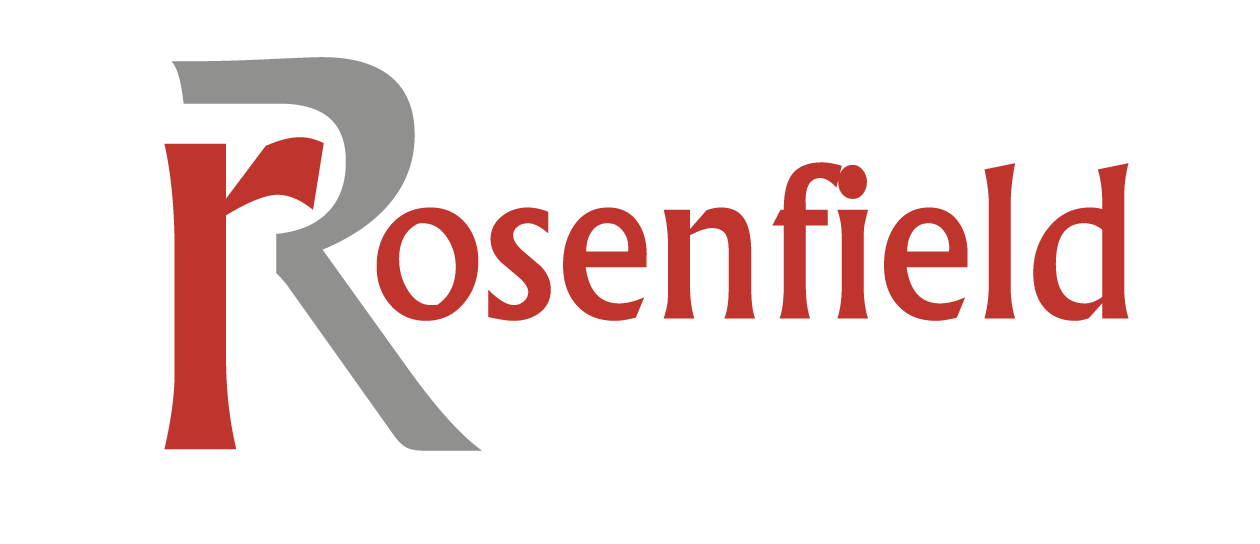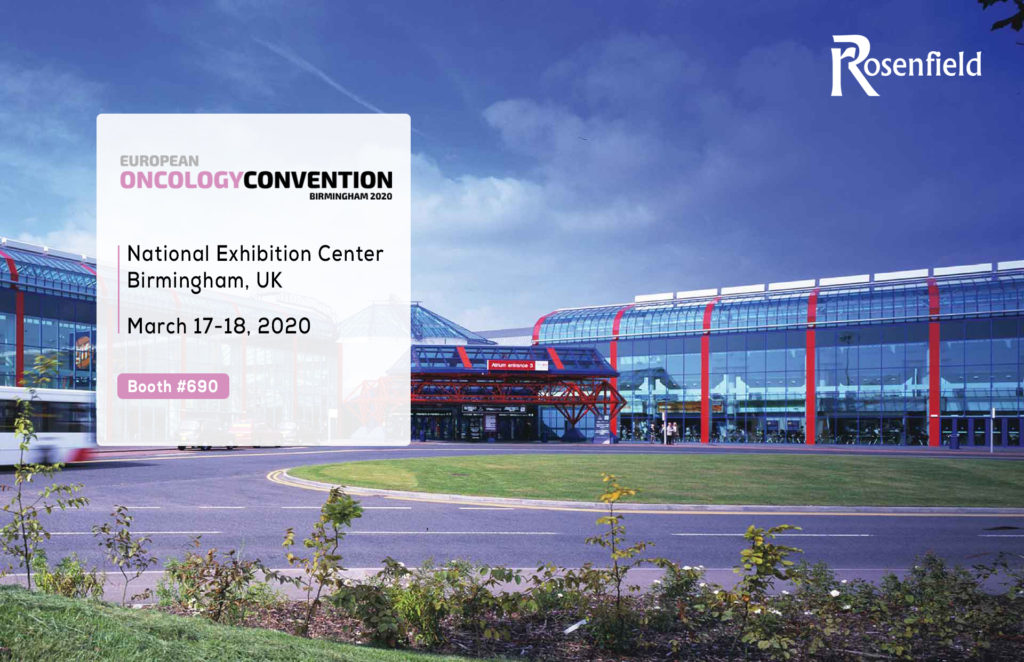Blog

Data Migration in Healthcare
Healthcare data migration from legacy system is getting complex and critical with advent of RIS, CVIS, EHR, EMR, CPOE and other data driven information systems employed in today’s healthcare industry to deliver best medical care.
Healthcare industry is creating massive volumes of structured and unstructured data, digital imaging and video content each year. Healthcare data migration is not a simple process of extracting data from one source and transfer to new source. Migrating data to new EHR (Electronic Health Record) systems require error free data migration expertise and proven technology.
PACS Data Migration and Implementation
Whether implementing a PACS for the first time or changing PACS software or adding new interfaces with multiple systems within healthcare network impact legacy data archive that may not be accessible or read from backup media. When managing PACS changes, it’s important to find a provider with PACS data migration expertise to help you in extracting data from old (legacy system), validate and transfer to new system and also maintain uninterrupted patient care.
Healthcare Data Storage & Management
Planning for upgrading your healthcare network data storage for short term/ long term strategy to a highly scalable data storage or storage vendor changes may result in data loss and downtime. Demand for massive data storage from the healthcare industry is on the rise with expectation of a highly manageable system at reduced costs means frequent vendor changes.
In specific to healthcare IT, there are different migration in terms of databases, standards, and compliance, such as the following:
- Migration from ICD9 to ICD10
- CCD to CCDA Standard
- Impact Analysis
- ICD 9 to ICD 10 Mapping and Vice Versa
- 4010 Standards to 5010 Standards (for Billing Systems)
- DICOM Migration and many more.
Healthcare Data Migration:
4 Keys to Successful Implementation
1. Develop a Long-Term Migration Strategy
Data migration must not be treated as a quick fix. While it will certainly solve some immediate problems, healthcare companies need to make projections for at least five years when making decisions.
2. Specify the Data for Migration
Not every migration requires a complete relocation of all data available. Some legacy systems and data may be left in their place or moved to a different location from the other data assets in a few cases.
For this reason, taking a complete inventory of all existing data assets and deciding whether or not to move them is a necessity. When data must be transferred, the desired destination must be identified. This will prevent delays or confusion when the migration gets to a critical stage and changes become more costly and challenging to implement.
3. Maintain Data Integrity
Data integrity ensures that data remains accurate, consistent, and reliable while moving from one system to another. Adequate error checking and validation procedures must be in place to ensure that data is not altered or duplicated during transfer.
Most of the work required to preserve data integrity must be done during the pre-planning stage.
4. Use a Hybrid Storage Solution
Consider using a cloud-based storage solution to augment your on-premises storage. Many cloud service providers now offer better security, access restrictions and reliability than most in-house IT teams can provide. Cloud infrastructure enables healthcare companies to quickly acquire more storage and computing resources as needed.
While regulatory compliance requires providers to maintain in-house servers to store sensitive data, most patient health records can be kept and managed in the cloud. Using a hybrid solution that combines physical and cloud infrastructure may be the best option for large healthcare providers
References
https://journalofbigdata.springeropen.com/articles/10.1186/s40537-019-0217-0
https://link.springer.com/chapter/10.1007/978-3-030-11361-2_11
https://bmcpublichealth.biomedcentral.com/articles/10.1186/s12889-018-5932-5
Recent Posts
Archives
- December 2024
- November 2024
- October 2024
- September 2024
- August 2024
- April 2024
- February 2024
- January 2024
- April 2022
- November 2021
- August 2021
- May 2021
- April 2021
- March 2021
- February 2021
- December 2020
- November 2020
- October 2020
- July 2020
- April 2020
- December 2019
- October 2019
- August 2019
- July 2019
- June 2019
- April 2019

